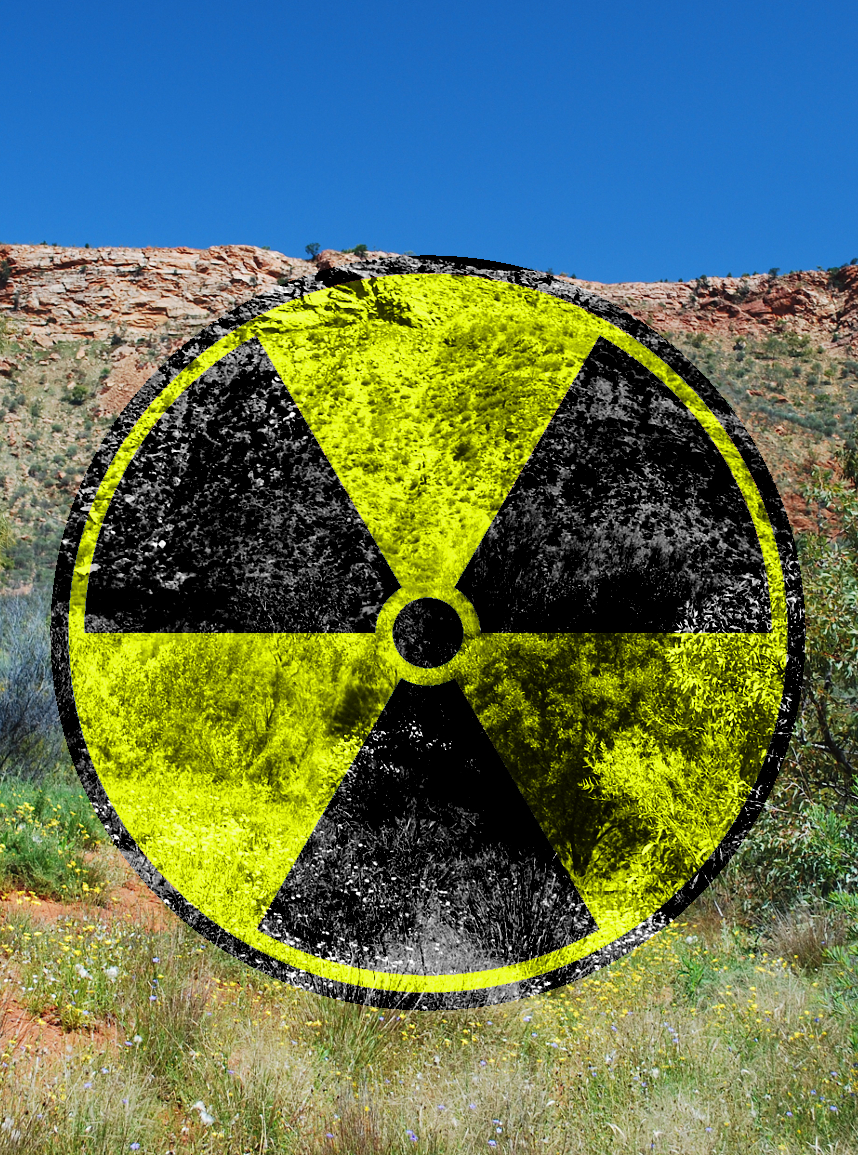Maralinga risks continue
 New research suggests contamination from nuclear tests at Maralinga could be worse than previously thought.
New research suggests contamination from nuclear tests at Maralinga could be worse than previously thought.
Between 1953 and 1963, more than 100 kg of highly toxic uranium (U) and plutonium (Pu) was dispersed in the form of tiny ‘hot’ radioactive particles after the British detonated nine atomic bombs in remote areas of South Australia, including Maralinga.
Despite millions of dollars being spent cleaning up the radioactive fallout, recent tests show the 60-year-old nuclear debris is still highly reactive.
Previously, scientists had assumed that the particles in the soil were stable and inert, but research by Dr Megan Cook has shown that the outer shell of the particles can continue breaking down in harsh, arid environments, releasing more radioactive compounds into the environment.
“We now have a sustained and prolonged release of plutonium into the ecosystem,” Dr Cook said.
“The British detonated nine nuclear bombs and conducted hundreds of nuclear tests in outback South Australia between 1953 and 1963.
“The resulting radioactive contamination and cover-up continues to haunt us.”
Her team has been able to dissect some of the ‘hot’ particles using a nano-sized ion beam, and further characterised the complex make-up of these particles down to the nano-scale.
The researchers demonstrated that the complexity of the hot particles arose from the cooling of polymetallic melts from thousands of degrees Celsius in the explosion cloud during their formation.
“We found that the particles contained low-valence plutonium-uranium-carbon compounds that are typically highly reactive, yet, had been stabilised in the hot-particle matrix for nearly 60 years,” said corresponding author Dr Barbara Etschmann.
It is possible that the particles are interacting with organic matter in the soil, and leaching into groundwater after heavy rainfall.
This matter can be inhaled or eaten by animals, and continue to accumulate as it becomes part of their ecosystem.
Local Indigneous authorities say the research may help create new support for the environment and wildlife, and address the health issues of local Aboriginal people. Many of the local Anangu people hunt, gather and cook native foods from the affected lands as part of their cultural responsibilities.
South Australia's Environmental Protection Authority (SA EPA) says it will continue working with Indigenous groups, the federal government and other South Australian agencies to rehabilitate the lands, but also protect people from radiation hazards at Maralinga.
“You can never pick up every last bit of contamination, that is just not a possibility,” Dr Cook says.
“But what you can do is find that balance between the risk and the environment, which is what we've done at Maralinga and it's been in full consultation with the Maralinga people.”
Between 1950 and 1988 alone there were more than 230 recorded nuclear weapon accidents, including at least 10 with documented release of radioactive particles into the environment.
The risks of such incidents are only increasing as international treaties such as the Intermediate-Range Nuclear Forces Treaty are being cancelled.
“Understanding the fate of hot particles in the unique setting of the Australian outback is critical for securing Australia in case of nuclear incidents in the region, and returning all the native land affected by the British tests to the traditional Anangu owners of the Maralinga Tjarutja lands,” said study co-author Professor Joël Brugger.








 Print
Print